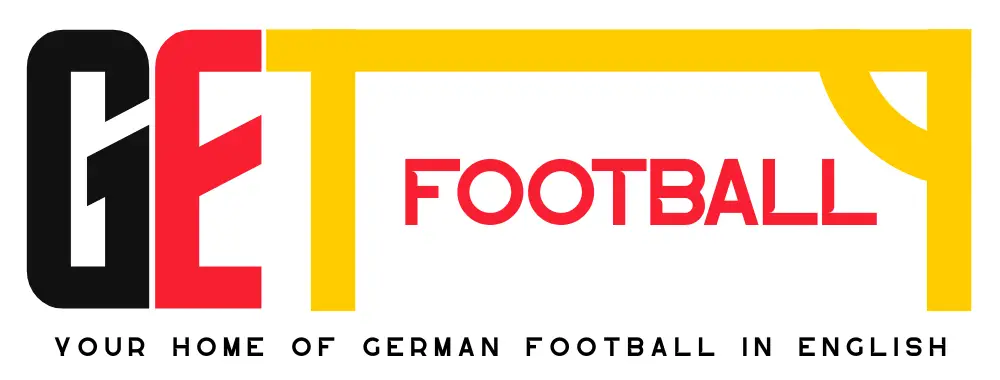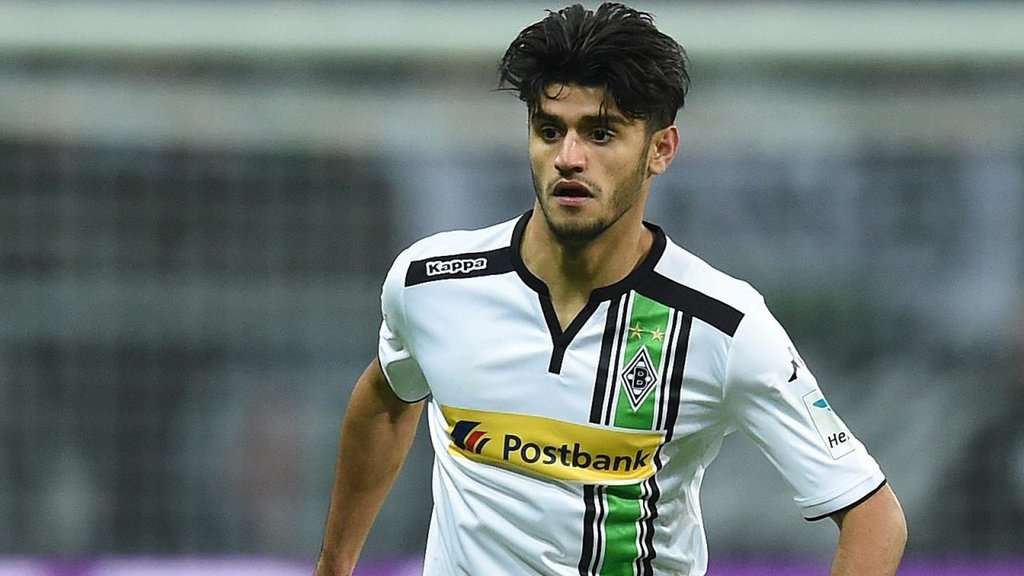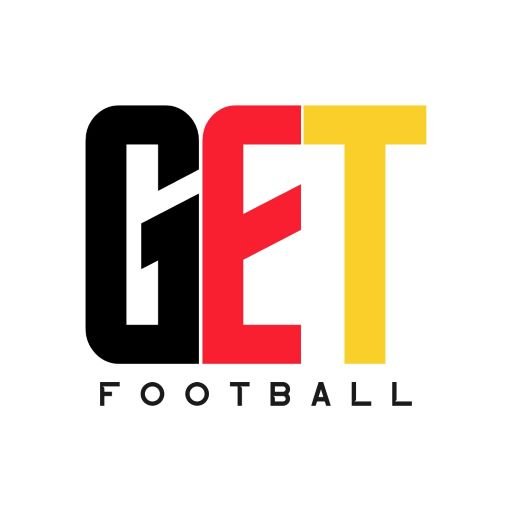In a globalised world where travels to different continents is a cheap-line article, immigration and emigration will naturally increase. Due to the world becoming figuratively smaller by the minute, immigration and emigration between neighbouring countries has become a usual sight as well as immigration from warring states and alike. This is a source of problems, according to many. Cultural differences can often make or break the bond between different members of modern society.
In 2015 alone, almost 400 thousand Syrian refugees applied for asylum in European countries. Apart from them, there was also about 150,000 Afghan refugees and 120,000 Iraqi refugees applying for asylum in an array of welcoming European nations. While many look at these countries with awe and respect, the nuanced will also recognise the problems that naturally arise when different cultures meet and mix. There are different religions, various ideologies, cultural differences and of course the ever-existent language barrier that can’t be skipped whether mankind likes it or not. There are huge sums of money being spent by the countries in question on refugees and asylum and on integrating them in society, one of the biggest and most important tasks of them all. However, integrating different cultures and groups into a whole new society with new laws, social rules and perhaps even another state religion, has proven difficult and time-consuming.
GGFN writer Axel Falk, aims to discuss and analyse how football can build cultural bridges, using the German national team as an example. We will take a scrutinising look at how the German national team, as well as the German academies have taken part in the time-consuming, albeit often highly rewarding act of integration and how it has panned out for the German society and for German football. We will look at the ways the German teams have tried to integrate refugees, while also focusing on how a multi-ethnic national team has affected the different entities of German football in their methods of integration.
Why the German national team then? Well, as a matter of an opinion, the German national team has lately functioned as a conduit of hope for football crazed refugees coming to Germany. They have all seen that the national team is very multi-ethnic and might see some hope for the future in that. But it is also factually correct to state that the German national team is a multi-ethnic entity and has been ever since Joachim Löw took charge. We will begin this piece by looking at a few examples where national teams have built bridges between cultures, starting in the 1970s.
When Rinus Michels instigated the term Totaalvoetbal, or Total Football, it was a clear product of the Dutch society. The idea of the football ideology is to manipulate space and to create a claustrophobic feeling for the player in possession of the ball. While this might not stem from the Dutch culture, the manipulating of space does. Amsterdam as a city is basically a whole manipulation of space, but on an urban level. They’ve built a city that basically floats, with small canals and tiny alleys all over the meticulously planned place. This has led to some people stating that Totaalvoetbal could have only been invented by the Dutch. Football as a product of culture is not very difficult to find however, nor is it what we’ve travelled to the Netherlands to analyse. But the instigation of Totaalvoetbal led to the Dutch society becoming freer, socially and culturally and it was during this time that the Netherlands we know today was formed. According to some, the cultural change was due to the change in football tactics. For the football crazed Netherlands, this might just be correct. While this is a case of football building cultural class related bridges, they are bridges nevertheless.
Another obvious example is the French national team of 1998 that went on to win the World Cup at home soil, which was a fantastic triumph. Not due to them being obvious underdogs, but because of the array of ethnicity and cultures that the successful national team represented. According to professor Sebastian Braun at the Humboldt University in Berlin and a recognised expert on integration and sport, the French president supposedly never missed an opportunity to be seen with the multi-ethnic team, mainly due to its monumental success as an integrating entity.
The French national team that won the World Cup had many players that were either born in colonial states belonging to France or had parents from one of these. For example: Bernard Lama, grew up in French Guiana, Lilian Thuram, who was born on Guadeloupe, Thierry Henry, whose parents are from Guadeloupe and Martinique and Christian Karembeu, who was born on New Caledonia. While these are only a few of many, they paint a good picture of what the French national team looked like. The French national team did however not have a lasting impact on French society. Just a few years after the 1998 World Cup, the right-wing party Front National reached the second round in the election and barely a year after that, ethnic riots took place on the streets of Paris. In this case, the national team presented a model of how society could look, albeit the citizens of France didn’t take much notice, it seems.
If we keep tabs on France and take a few chronological steps forward… The year is 2016, the French once again host a grand championship, but this time around it’s the Euros. It’s been a hectic and terrible year. Barely nine months after the horrible Paris attacks, France is supposed to host one of the biggest and most popular events in Europe and the security is on high alert. One would have thought that the Paris attacks would have divided people, but instead the French people are in full support of a very multi-ethnic national team once again. This team includes Patrice Evra (born in Senegal), Paul Pogba (born in France to Guinean parents), N’Golo Kanté (born in Paris, parents from Mali) and Anthony Martial (parents from Guadeloupe). The French national team in 2016 was once again an example of how football can build bridges between cultures, no matter how tough the going got.
It seems like there are few great examples of football building cultural bridges in modern society. But one of the most prominent examples of this is of course the German national team since Löw took charge. The German national team has since often been called a model and a template for modern society, it’s a model of how society should be and has at times worked as a tool for integration for immigrants and people from other cultures than the Germans. It’s a fact that the German national team is heavily multi-ethnic, some might even argue that the influences from foreign lands have improved the quality of the German football. It has made it more technical and a bit more attacking. This is a clear case of culture affecting football, but how has the German football affected the different cultures in Germany?
About 50 years ago, Germany imported guest workers from Turkey, Spain, Italy and Northern Africa to counter the rising demand for work force. It was assumed that these guest workers would return to their homelands when their work was finished but many didn’t, thus staying in Germany. Therefore, there are now second and third generation immigrants in Germany who some feel don’t belong in the German society. In 2010, German chancellor Angela Merkel said that immigrants must try to adjust to German society. They must learn the language and German traditions and social rules to give themselves a chance to integrate properly. This was the same year that the German national team had reached the semi-finals of the World Cup in South Africa with a multi-ethnic national team. Just two years later, that same national team would once again go far in the Euros.
When Germany won their fourth World Cup title in 2014, 20 percent of all Germans were either first, second or third generation immigrants. And when they won the World Cup, it was with a team of various ethnicity. They had players like Mesut Özil (Turkish parents), Sami Khedira (Tunisian parents), Mario Gomez (Brazilian parents) and of course Jerome Boateng (Ghanaian parents and a brother who plays for the Ghanaian national team). After this, many claimed that the German national team was the way to go for all societies and that this was proof that integration in Germany has worked. They were probably right. If not well, the national team at least showed us that Germany is a country full of immigrants.
That speech by Merkel stated that immigrants must learn the German ways of doing things. However, it also claimed that the idea of a multi-cultural society had failed. Whether this is true or not is an interesting thought. If multi-cultural society has failed and immigrants must struggle to be a part of the German culture, then the national team is a perfect example of this method working. A multi-cultural team working together as one under the German flag to bring glory to the German people. Many would consider this to be a perfect example of football building bridges, albeit a one-way bridge.
German teams have also been hard at work and their roles in integrating immigrants, first, second or third generation, must not be underestimated. Let me give a few examples.
There are several examples of German football clubs aiding integration. For example, the football club Armina Köln was founded in order to let refugees play football in their new homeland, both to give them some room and space to relax and to give them an opportunity to meet new people and maybe gain some friends. The refugees get to train with the club and even represent the club in the local Kreisliga. Another great example is FC Treptow, a Berlin based club that has given refugees a platform to both meet people and possibly develop as footballers. The proclaimed goal with this project is to build bridges between different cultures by building a multi-ethnic football team.
One of the most well-known examples of a football club aiding the integration process is Borussia Dortmund. As described by Ed Aarons in an article for the Guardian, Dortmund provide coaching and a platform for networking for refugees as part of their ‘Welcome to Football’ initiative that was launched in 2014. Aarons interviews a few refugees, among these an Iraqi who says that he used to play football back in his homeland but had to flee when ISIS came. He interestingly also states that his German has steadily improved since joining the initiative. The latter is a clear objective for the initiative, to try to lower the language barrier.
The ‘Welcome to Football’ initiative was instigated by DFL in order to help integrate refugees into society. Aarons interviews Thomas Klein, from Borussia’s social corporate department, who says that they were glad to hear of the initiative and jumped to help, mainly due to their own idea of giving the refugees something more sustainable than just free tickets to the games. He further states that they are all very happy when a refugee can’t come to training because of work. Then they’ve succeeded.
As football journalist Lawrence Kitchin put it when England won the World Cup in 1966: “Football is the only global idiom apart from science.” Because of football being a global idiom, 11 versus 11 wherever you go, it naturally becomes a way for people from different cultures to connect in an array of ways. The ‘Welcome to Football’ initiative is hence a great way to integrate refugees.
Both Werder Bremen and Hamburger SV have also chipped in. The players Ousmane Manneh and Bakery Jatta have both gone from being Gambian refugees to representing these two teams respectively in the Bundesliga. Manneh made his debut in 2016 and scored a goal for his club. Jatta hasn’t yet scored a goal but has impressed enough to gain some first tier minutes. These are both excellent examples of clubs using their influence to integrate refugees and immigrants into society. In these cases, it has even paid dividends.
As presented in this article, Germany has seemingly found a way to integrate refugees and immigrants into society through football. While this helps the integration process, it also pays dividends for German football. Since Germany’s national team became more multi-ethnic, they have won one World Cup, won bronze medal in another and reached semi-finals in two Euros. Bundesliga has also improved massively, helped by first, second or third generation immigrants.
I would like to conclude this piece by stating that the German national team proves at least one thing: That football can build cultural bridges, albeit one-way bridges and even though it may not always have a lasting effect on society, it does have a lasting effect on the sport. multi-ethnic national teams are naturally the way forward for various national outfits in Europe and we will hopefully keep on encouraging it.
By Axel Falk.
Sources:
http://www.bbc.com/news/world-europe-34131911
https://www.huffingtonpost.com/oezcan-mutlu/there-are-many-lessons-in_b_10615680.html
http://farenet.org/campaigns/refugees-football-database/
http://www.dw.com/es/reportaje-fc-treptow/av-18800656









